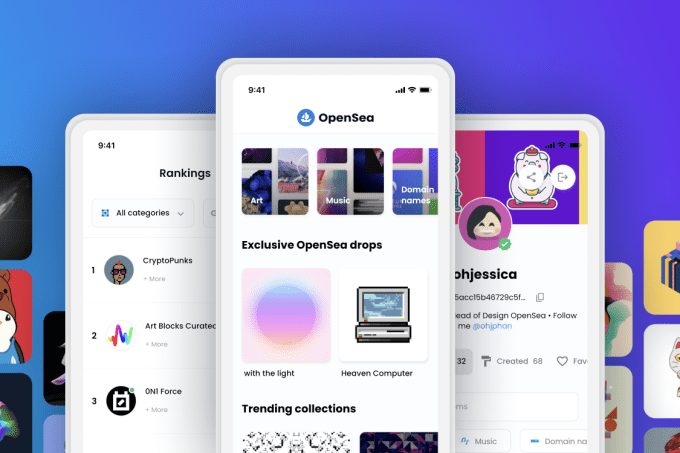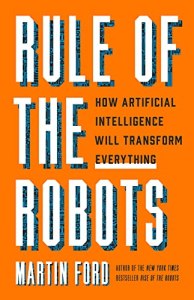Blumberg Capital, founded in 1991 by investor David Blumberg, has just closed its fifth early-stage venture fund with $225 million, a vehicle that Blumberg says was oversubscribed — he planned to raise $200 million — and that has already been used to invest in 16 startups around the world (the firm has small offices in San Francisco, New York, Tel Aviv and Miami, where Blumberg moved his family last year).
We caught up with him earlier this week to talk shop and he sounded almost ecstatic about the current market, which has evidently been good for returns, with Blumberg Capital’s biggest hits tied to Nutanix (it claims a 68x return), DoubleVerify (a 98x return at IPO in April, the firm says), Katapult (which went public via SPAC in July), Addepar (currently valued above $2 billion) and Braze (it submitted its S-1 in June).
We also talked a bit about his new life in Florida, which he was quick to note is “not a clone of Silicon Valley.” Not last, he told us why he thinks we’re in a “golden era of applying intelligence to every business,” from mining to the business of athletic performance.
More from our conversation, edited lightly for length and clarity, follows:
TC: What are you funding right now?
DB: Our last 30 to 40 deals have basically been about big data that’s been analyzed by artificial intelligence of some sort, then riding in a better wrapper of software process automation on rails of internet and mobility. Okay, that’s a lot of buzzwords.
TC: Yes.
DB: What I’m saying is that this ability to take raw information data that’s either been sitting around and not analyzed, or from new sources of data like sensors or social media or many other places, then analyze it and take it to all these businesses that have been there forever, is beginning to [have] incremental [impacts] that may sound small [but add up].
One of our [unannounced] companies applies AI to mining — lithium mining and gold and copper — so miners don’t waste their time before finding the richest vein of deposit. We partner with mining owners and we bring extra data that they don’t have access to — some is proprietary, some is public — and because we’re experts at the AI modeling of it, we can apply it to their geography and geology, and as part of the business model, we take part of the mine in return.
TC: So your fund now owns not just equity but part of a mine?
DB: This is evidently done a lot in what’s called E&P, exploration and production, in the oil and gas industry, and we’re just following a time-tested model, where some of the service providers put in value and take out a share. So as we see it, it aligns our interests and the better we do for them, the better they do.
TC: This fund is around the same size of your fourth fund, which closed with $207 million in 2017. How do you think about check sizes in this market?
DB: We write checks of $1 million to $6 million generally. We could go down a little bit for something in a seed where we can’t get more of a slice, but we like to have large ownership up front. We found that to have a fund return at least 3x — and our funds seem to be returning much more than that — [we need to be math-minded about things].
We have 36 companies in our portfolio typically, and 20% of them fail, 20% of them are our superstars and 60% are kind of medium. Of those superstars, six of them have to return $100 million each in a $200 million fund to make it a $600 million return, and to get six companies to [produce a] $100 million [for us] they have to reach a billion dollars in value, where we own 10% at the end.
TC You’re buying 10% and maintaining your pro rata or this is after being diluted over numerous rounds?
DB: It’s more like we want 15% to 20% of a company and it gets [diluted] down to 10%. And it’s been working. Some of our funds are way above that number.
TC: Are all four of your earlier funds in the black?
DB: Yes. I love to say this: We have never, ever lost money for our fund investors.
TC: You were among a handful of VCs who were cited quite a lot last year for hightailing it out of the Bay Area for Miami. One year into the move, how is it going?
DB: It is not a clone of Silicon Valley. They are different and add value each in their own way. But Florida is a great place for our family to be and I find for our business, it’s going to be great as well. I can be on the phone to Israel and New York without any time zone-related problems. Some of our companies are moving here, including one from Israel recently, one from San Francisco and one from Texas. A lot of our LPs are moving here or live here already. We can also get up and down to South America for distribution deals more easily.
If we need to get to California or New York, airplanes still work, too, so it hasn’t been a negative at all. I’m going to a JPMorgan event tonight for a bunch of tech founders where there should be 150 people.
TC: That sounds great, though how did you feel about summer in Miami?
DB: We were in France.
Pictured above, from left to right: Firm founder David Blumberg, managing director Yodfat Harel Buchris, COO Steve Gillan and managing director Bruce Taragin.







